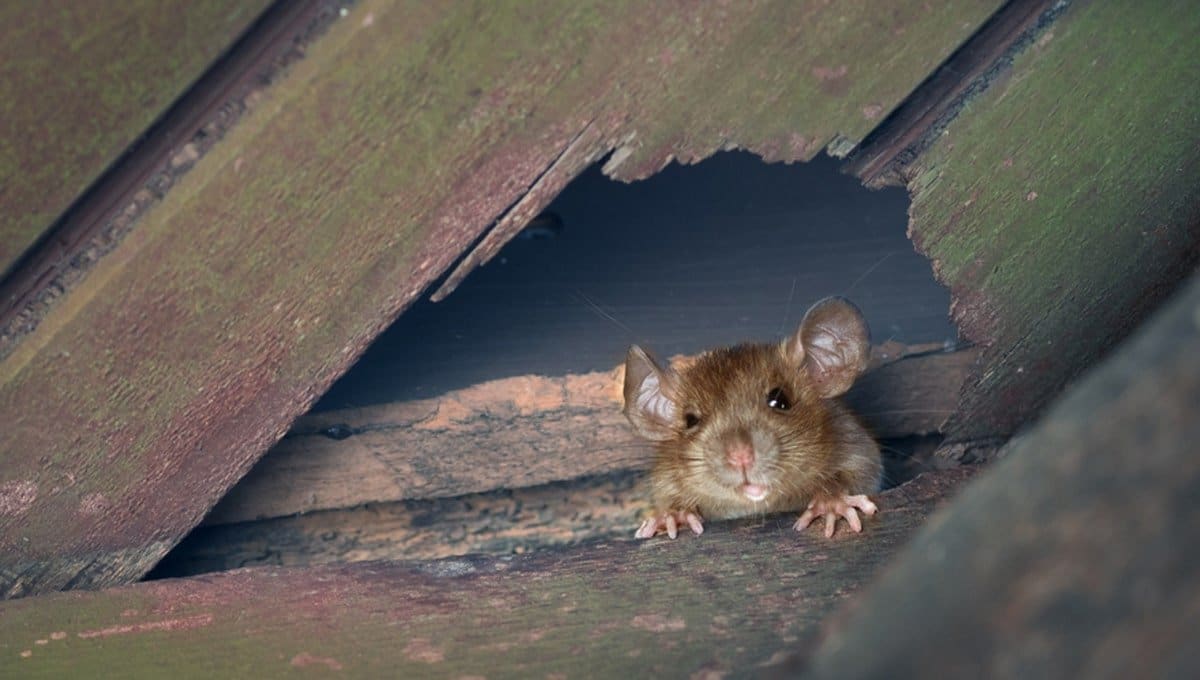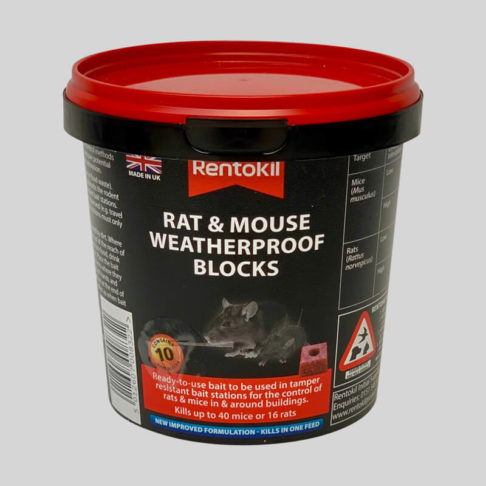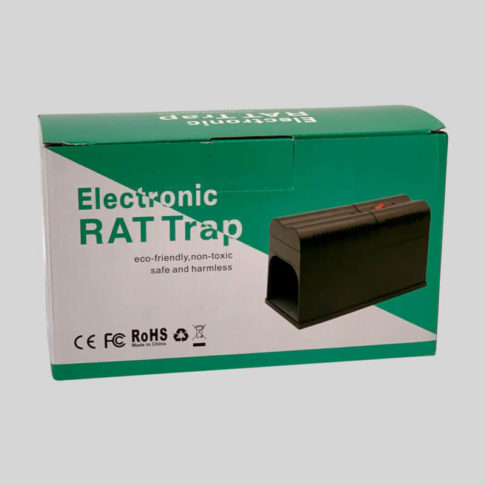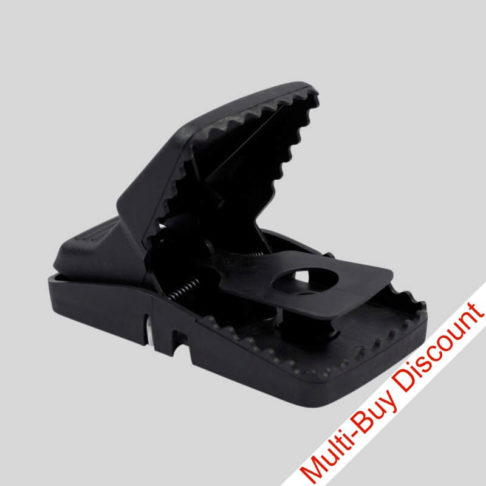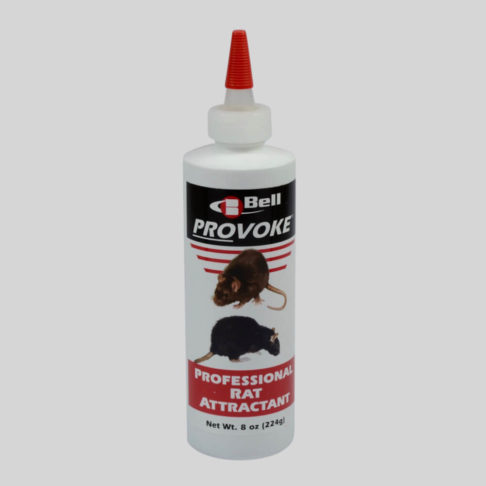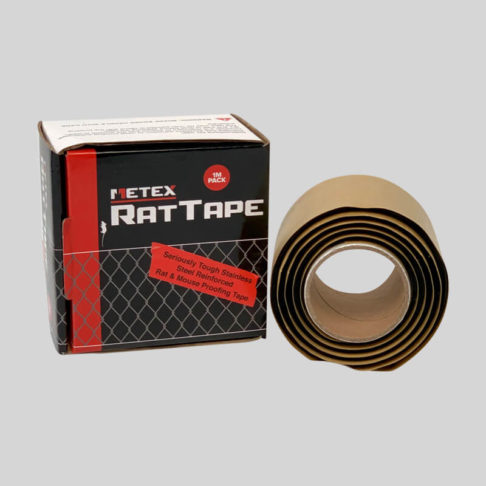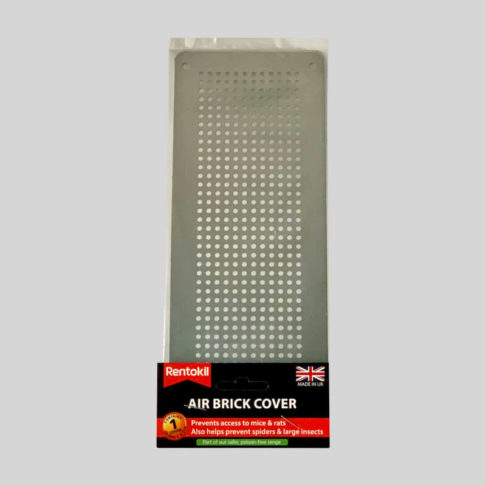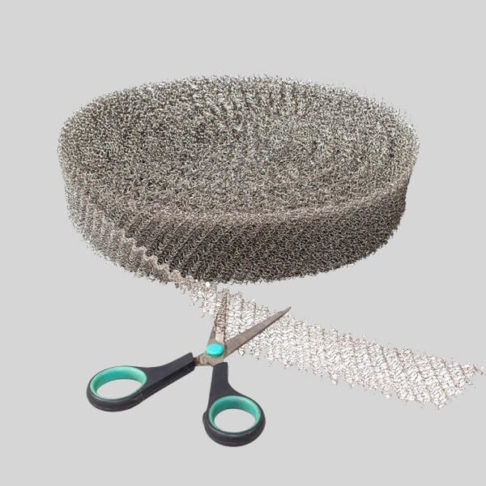Roof rats are pesky rodents and can cause major damage to households and buildings.
Therefore it is important to know how to get rid of roof rats fast and prevent future roof rat infestations.
What do roof rats look like?
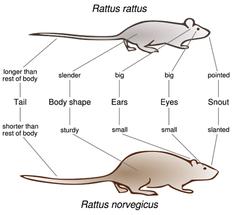
Roof rats are 13 to 18 inches in length, including the tail. They weigh between five and nine ounces and have slender bodies, pointed snouts, big eyes and large, almost hairless ears.
They are nocturnal and active within a territory of 200 to 300 feet from their nesting locations. Black rat colonies can range from three to four individuals up to several hundred.
Where do roof rats live?
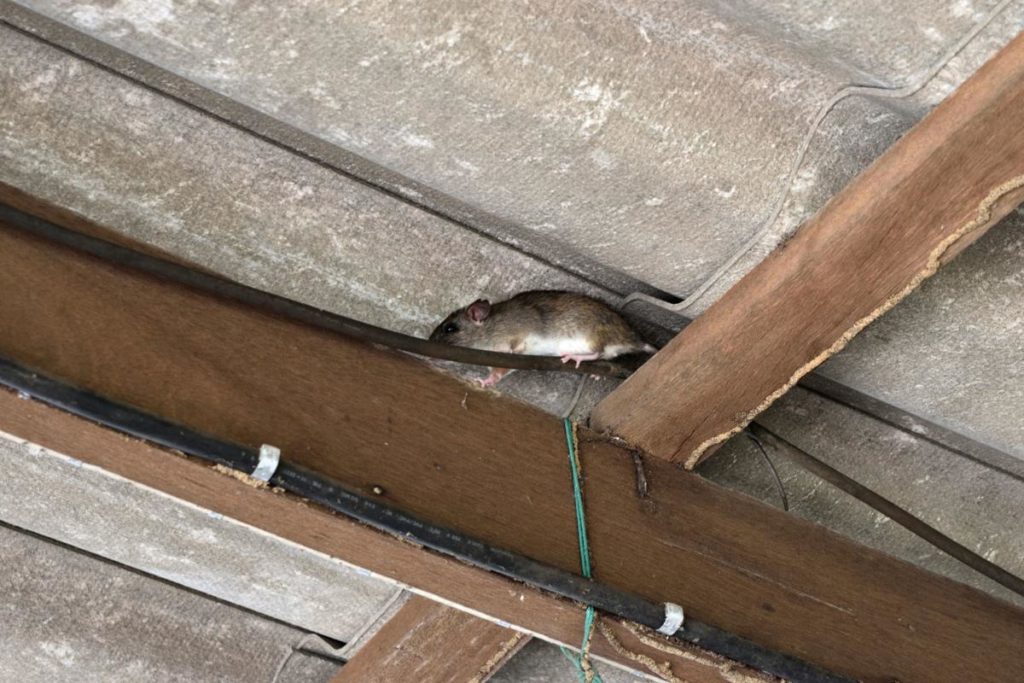
Roof rats live in a variety of place depending if it’s outside or inside.
Outside, roof rats nest in trees, woodpiles, debris and in dense vegetation. However, inside they prefer to nest in the upper levels of the building, such as the attic and ceiling.
What damage do roof rats cause?
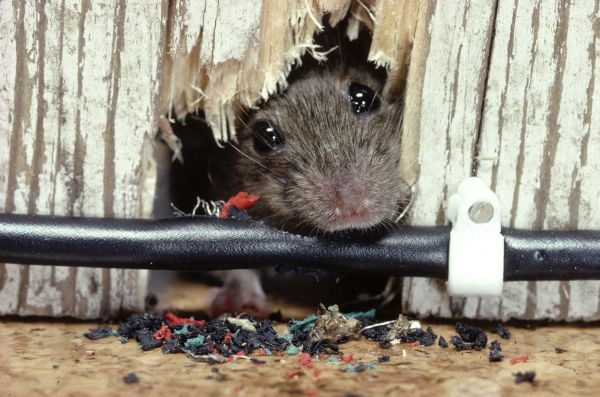
Roof rats can big damage to households and commercial buildings if they aren’t controlled properly.
They can gnaw through wires, pipes, wood and upholstery. As a result, roof rats can cause structural damage including undermining the foundations of buildings, damaging plastic and lead pipes, damaging door frames, furniture and electric wires and can destroy and contaminate stored foods.
Signs of a roof rat infestation

There are a number of ways to tell if you have a roof rat infestation including:
- Footprints or track marks, found in the mud or between places of safety including trees, bushes and sheds.
- Rat droppings, which are long, cylindrical and usually grey or black in colour
- Damage to wires, pipes, furniture, timber and food coverings
- Unsettled pets
- Various sounds in the attic and walls, including gnawing, scratching and digging noises
- Dirty grey smear marks left where they cross over solid objects such as walls and timber
- Visual sightings, often as they feed.
How to get rid of roof rats

There are several options available when it comes to getting rid of roof rats which are baiting and trapping.
Baiting
There are different types of rat poison available which are effective against roof rats such as grain bait and block bait.
Once you have identified the area of activity the bait can be carefully placed.
Block bait is better to be used in rat bait boxes as they can be secured to the rods.
Grain bait is good as roof rats enjoy gnawing and will chew through the sachet to consume the poison.
One way for effective baiting is to hammer a nail through either through the block bait or sachet of grain bait against the joists. This keeps the bait in place and prevents it being dispersed by the rat.
Trapping
As well as using poison, rat traps can be placed in high activity areas to kill roof rats instantly.
There are various traps available from spring traps to electronic traps depending on your preference.
When placing the rat traps we always recommend trying to avoid changing the area too much as rats are clever enough to notice change which can put them off.
You can also use Provoke Rat Attractant to lure the rat to your trap.
Once you have dealt with the roof rat infestation we highly recommend placing rodent proofing measures to prevent them coming back in the future.
Are roof rats dangerous?
Like any other rats, roof rats are not necessarily dangerous to humans but can spread disease directly by contaminating food with their urine or faeces, or by biting.
They can also transmit diseases indirectly through fleas, which if infected, can transfer the disease to other animals or people.
How to prevent roof rats
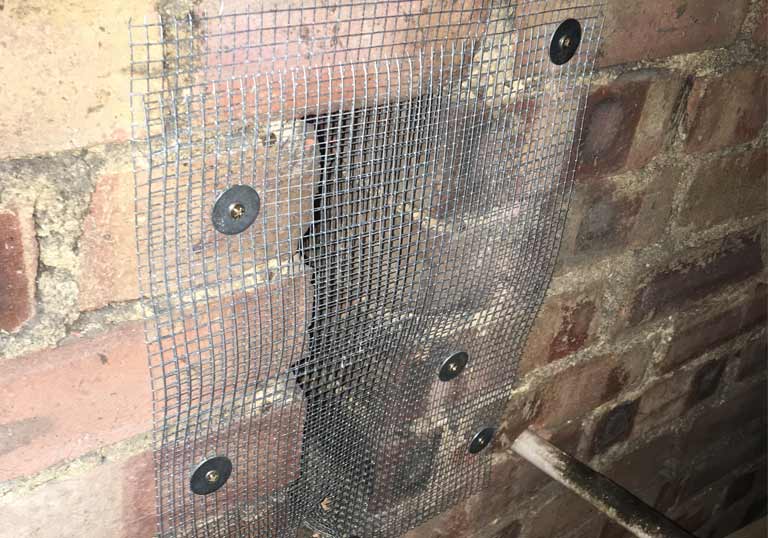
There are several preventative steps you can take to prevent roof rats ending up in your home or building such as:
- Seal any visible openings by using wire mesh, expanding foam, air brick covers or mouse-stop proofing paste.
- Limit their shelter, remove rubbish and maintain vegetation around the building to reduce the number of safety spots around your house.
- Trim or even remove any overhanging branches around your home as roof rats can use tree branches that overhang the roof and can climb up ivy and creepers to gain entry to your attic.
- Ensure that all potential food is secured in sealed steel containers and that you do not have any leaking pipes.
-
£10.62
-
Sale!
£12.00 – £104.88
-
£12.75 – £29.52
-
£9.60
Can roof rats jump?
Yes, roof rats are able to jump two feet up and four feet horizontality, and can double the horizontal distance if jumping from a height.
Can roof rats climb?
Yes, they can climb up brick, concrete block and other rough surfaces and travel along power lines to trees and roofs.
What diseases do roof rats carry?
Roof rats can carry various diseases which pose significant health risks to humans and pets.
One of the main diseases they can carry is Weils Disease.
Weil’s disease also known as Leptospirosis is a bacterial infection spread through the pee of infected rodents.

